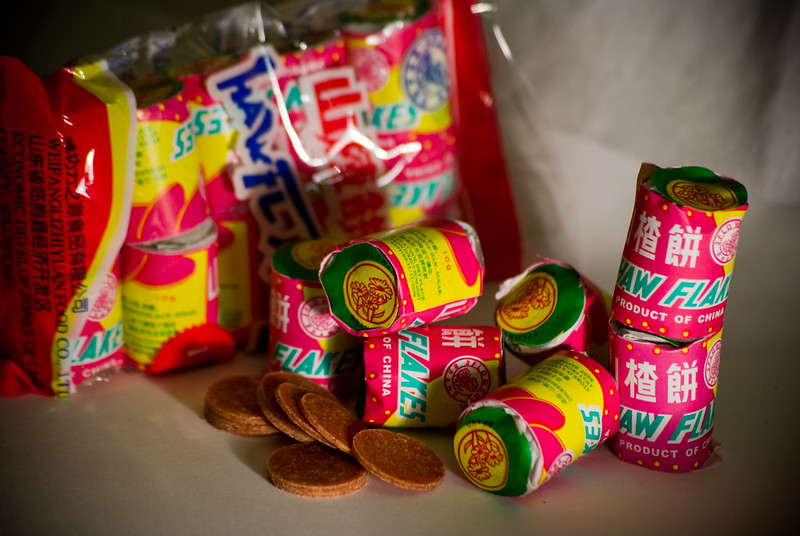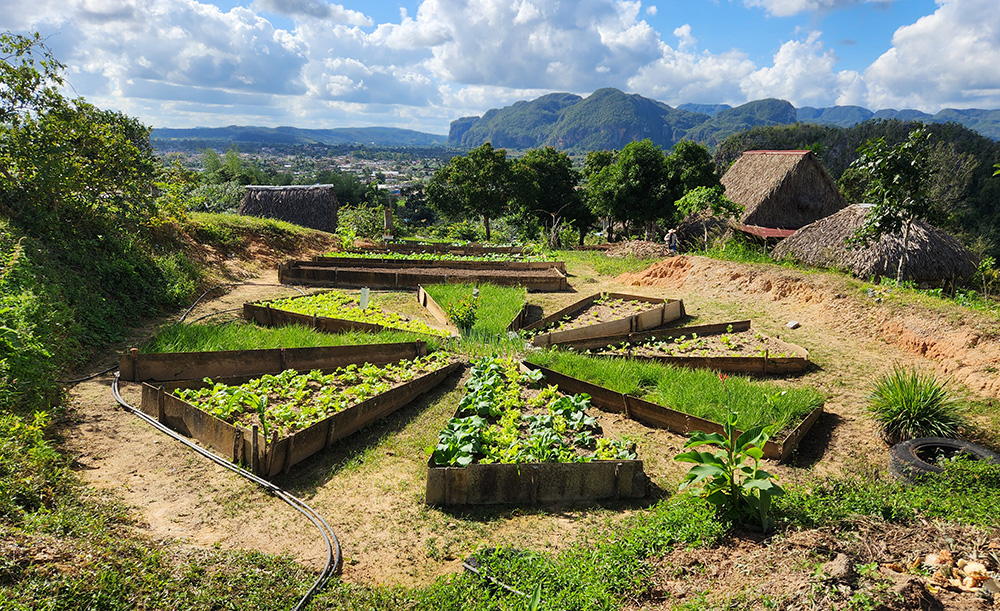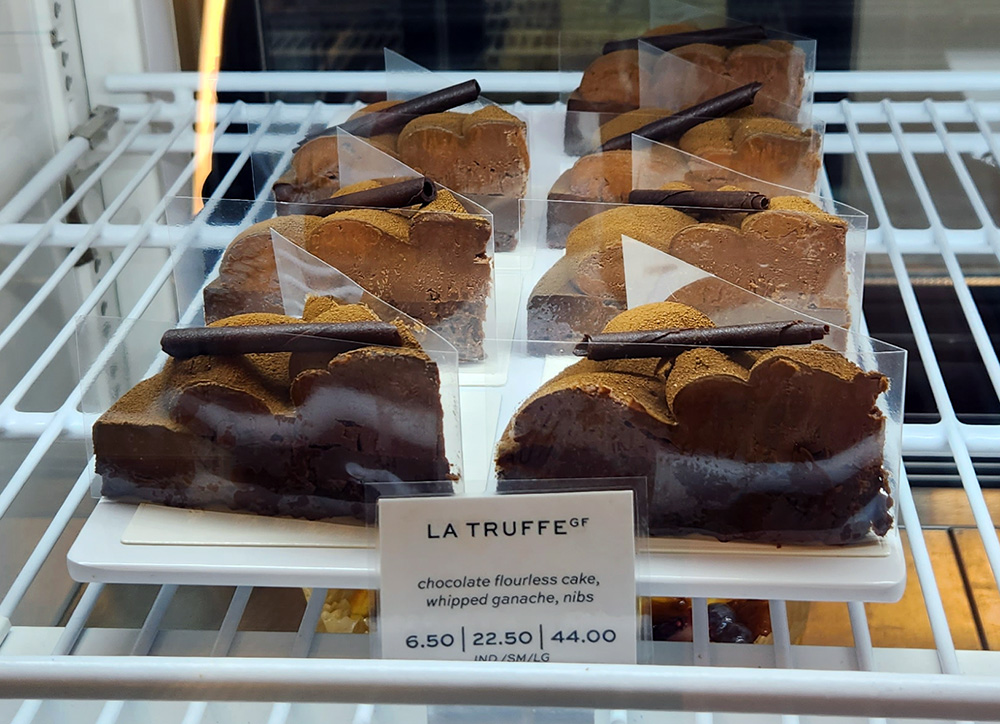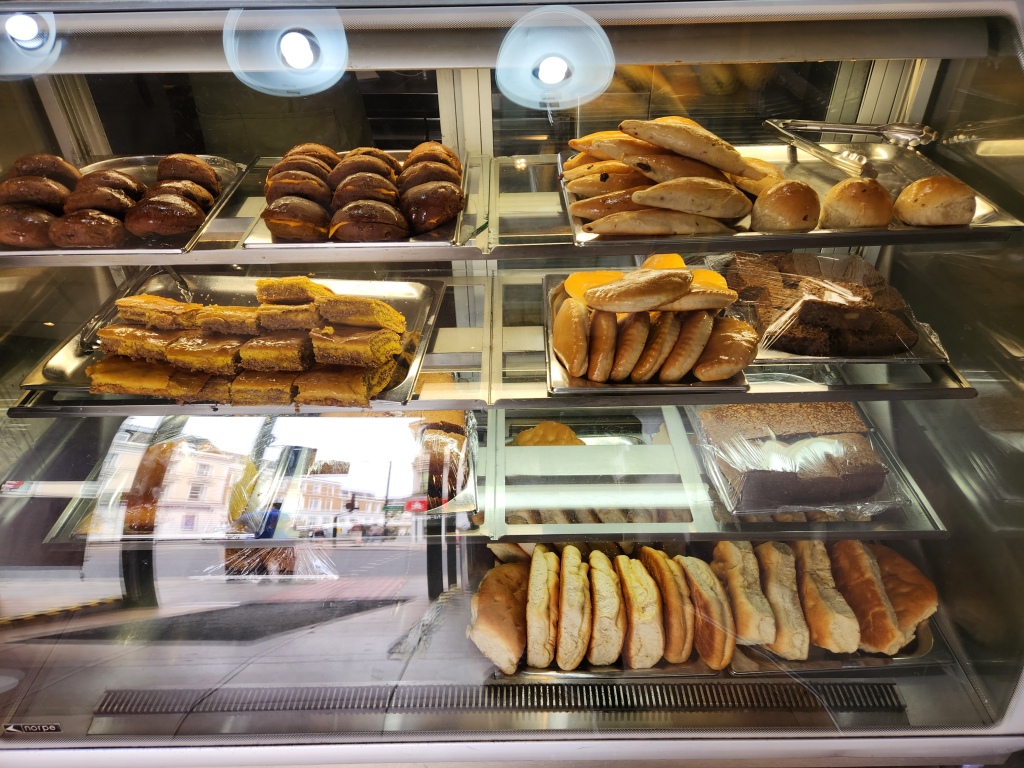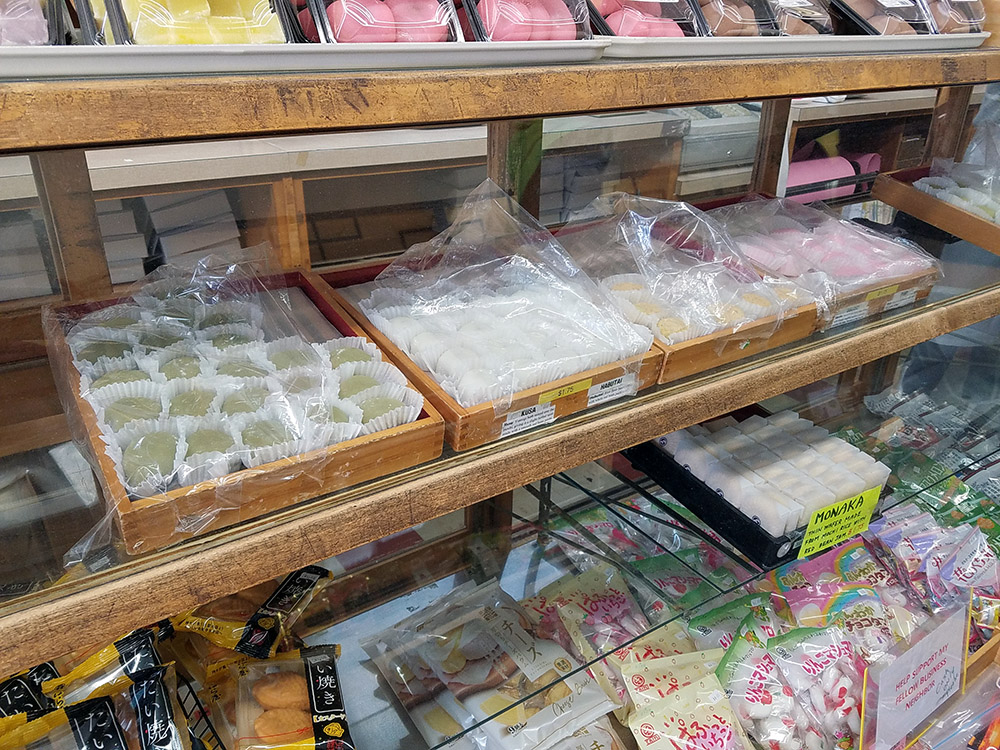I wrote about the famous, historical Heladería Coppelia ice cream parlor in Havana, Cuba, over 15 years ago, not long after this blog started! I initially was drawn to Coppelia by its iconic and distinctive architectural structure, and was further interested when learning about the multiple currencies at play, and plethora of flavors available. Finally, this year, we were able to visit Cuba – and Coppelia.

The architecture of this “cathedral of ice cream” is truly something you have to see to believe. Just imagine that a concrete UFO landed in a Havana park, taking up a block of prime Vedado neighborhood real estate. We walked around the building several times just to take in all of its angles. Though the landmark 1966 Mario Girona architecture of Coppelia is unchanged since I wrote in 2008, there have been some other significant shifts. Coppelia used to have 2 separate lines for the country’s 2 separate currencies (CUC and CUP). However, Cuba eliminated the CUC, which was pegged to the US dollar, in 2020.

The crowds, too, seem to have gone from Coppelia. Cuba is currently in the midst of an economic crisis, which was apparent during our visit in frequent supply and energy shortages throughout the island, among other issues. This situation manifested itself in Coppelia only having 2 flavors available when we visited: guava and coconut (though it seems that a limited amount of flavors was standard situation for a while), and no lines. There were a few tourists around when we ordered, but locals were the vast majority of patrons.

The first day in Cuba we attempted to visit Coppelia, but it was closed for some kind of special event. Fortunately, it was open the second time we stopped by. Customers can order ice cream from two floors of table seating or at counters spread throughout the gargantuan complex. We climbed a circular staircase and sat on the second floor, admiring the view and the colorful Mid-Century Modern glass and wood dividers (slightly marred by ugly computer-generated signs). We placed our order directly with a roving, uniformed waiter at out table, and there was plenty of room at the counters. We each ordered a jimagua (two scoops) one of each flavor, brought to us promptly in orange plastic dishes. The total cost for 2 people was only 36 Cuban pesos, or roughly 14 US cents. It felt wrong to enjoy a dessert as such a low price.

The ice cream was good, but the experience was the real draw. Coppelia is a real part of almost 60 years of Cuban history, and one of the few places where people from all walks of life can still enjoy a treat together. An ETW Bucket List food location checked off!



